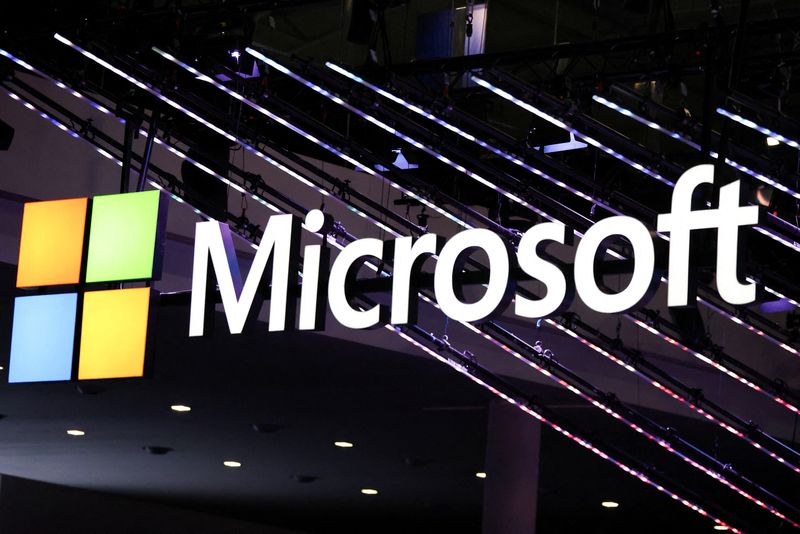A savings account can be a great place to stash money you need for short-term savings goals and possible emergency expenses. But if you have a traditional savings account, you may not be getting a good return on your balance.
A good savings account interest rate can be more than 10 times higher than the national average rate, giving you a chance to make the most of your money while it’s parked. Here’s what you need to know.
Currently, the average interest rate on a savings account in the U.S. is 0.42%, according to the Federal Deposit Insurance Corporation (FDIC), which is quite high by historical standards. Here’s how rates have changed over the past year:
It may be natural to think that a good savings account interest rate is simply better than the national average. However, several high-yield savings accounts offer rates upward of 4% or more.
Keep in mind, though, that savings account interest rates are variable, which means they can change over time. As a result, there are no guarantees that even the best yields will stay high.
Read more: The 10 best high-yield savings accounts available today
If your current savings account interest rate isn’t doing you any favors, switching to a different bank or credit union could make sense to get a better return.
Take some time to shop around and compare the best high-yield savings accounts to get an idea of what’s available. In particular, you’ll want to focus your research on online banks, which are more likely to offer high-yield options than traditional banks and credit unions.
Here are some factors you’ll want to consider throughout the process.
The annual percentage yield (APY) of an account tells you how much interest you can earn in a year based on your balance. It’s typically higher than the account’s interest rate because it considers compound interest.
For example, if you have a $10,000 balance and a 5% APY, you can expect to earn $500 in a year, assuming your balance and rate don’t change. Fortunately, the APY is usually the advertised rate, so you don’t have to dig for it.
Read more: APY vs. interest rate: What’s the difference?
Some financial institutions may have an initial deposit requirement when you open an account, as well as an ongoing minimum balance requirement. If you don’t meet a balance requirement, you may be subject to a lower APY or even a monthly fee.
Minimum balance requirements may not be an issue if you have a sizable savings balance, but it may be worth it to avoid accounts with higher minimums to avoid the risk of getting a lower return.
With an online bank, you likely won’t get the option to withdraw cash at a local branch. However, online banks typically offer the following ways to access your money:
-
Transfer to your checking account: If you’re transferring the funds to an account with the same bank, it’s instantaneous.
-
Transfer to an external account: If you keep your checking account with a separate bank, you can typically request a transfer and get the funds within a few days.
-
Withdraw from an ATM: Many online banks have large ATM networks, making it easy to get actual cash when you need it. That said, you’ll want to check ATM withdrawal limits to ensure you won’t have problems getting the amount you need.
It’s important to note that some banks that offer high-yield savings accounts don’t offer checking accounts or even ATM networks. In this case, the only option to get your money — an external bank transfer — can take a few days. That can be worth it if the APY is high and you’re not concerned about needing funds quickly. However, it can be risky in the event of a financial emergency.
While it may seem natural to keep your checking and savings accounts with the same bank, some online banks only offer savings options. If your top priority is to earn the best rate on your savings, you may not be concerned with maintaining accounts at separate banks.
However, if you’d rather have the convenience of having your checking and savings accounts with the same bank, ensure the financial institutions you’re considering offer both.
You can also consider other financial products and services (such as loans, credit cards, and investment services) each bank offers to see if you can get more overall value by moving more than just your savings and checking funds.
A handful of the best high-yield savings accounts offer an APY of 5% or higher, making it a good baseline as you research your options. That said, savings rates can fluctuate, so what qualifies as a good savings account interest rate is a moving target — especially now that we’re in a falling rate environment.
There aren’t any major banks that currently offer a 7% interest rate on your savings, though it may be possible to find that kind of return on a portion of your balance with a small bank or credit union.
Remember, though, that savings account rates can change over time. If you want to maximize the return on your balance, shop around now and then to see if you can get a better rate than what your current financial institution offers.
Read more: Do 7% interest savings accounts exist anymore?
EMEA Tribune is not involved in this news article, it is taken from our partners and or from the News Agencies. Copyright and Credit go to the News Agencies, email news@emeatribune.com Follow our WhatsApp verified Channel





